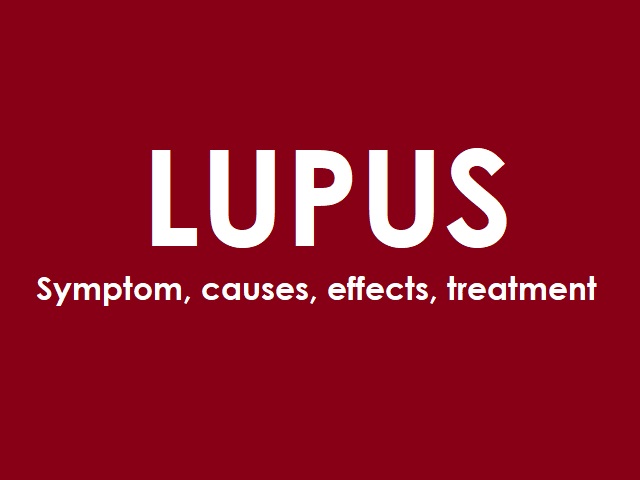6 Signs You May Have Diabetic Retinopathy -- Symptoms, Causes, Effects, Treatment and Prevention
Diabetic retinopathy is a complication of diabetes that affects the blood vessels in the retina, the light-sensitive tissue at the back of the eye. It is characterized by damage to the blood vessels in the retina caused by high blood sugar levels in individuals with diabetes. It is the leading cause of blindness among adults worldwide. Here is an explanation of diabetic retinopathy, along with its symptoms, diagnosis, causes, effects, treatment, and prevention:
Symptoms of Diabetic Retinopathy:
In the early stages, diabetic retinopathy may not cause noticeable symptoms. As the condition progresses, the following symptoms may occur:
- Blurred or distorted vision
- Fluctuating vision
- Impaired color vision
- Dark or empty areas in the field of vision
- Floaters or spots in the vision
- Difficulty seeing at night
Diagnosis of Diabetic Retinopathy:
Diabetic retinopathy is typically diagnosed through a comprehensive eye examination performed by an eye care professional. The diagnosis may involve the following:
- Visual acuity test to measure vision at different distances
- Dilated eye examination to examine the retina and optic nerve
- Retinal photography or imaging to assess the extent of retinal damage
- Fluorescein angiography to evaluate the blood vessels in the retina
- Optical coherence tomography (OCT) to capture cross-sectional images of the retina
Causes of Diabetic Retinopathy:
The primary cause of diabetic retinopathy is diabetes, particularly when blood sugar levels are poorly controlled. Elevated blood sugar levels can damage the blood vessels in the retina, leading to various retinal changes and complications.
Effects of Diabetic Retinopathy:
If left untreated, diabetic retinopathy can lead to severe vision loss and even blindness. The condition can cause the following complications:
- Diabetic macular edema: Swelling in the central part of the retina (macula) that can impair sharp vision.
- Proliferative diabetic retinopathy: The growth of abnormal blood vessels in the retina that can leak and cause scar tissue formation, leading to retinal detachment and vision loss.
Treatment and Prevention of Diabetic Retinopathy:
Treatment options for diabetic retinopathy aim to slow down the progression of the condition and preserve vision. They may include:
- Strict control of blood sugar levels through proper diabetes management.
- Regular eye examinations to detect and monitor the condition.
- Laser photocoagulation or other surgical procedures to seal leaking blood vessels or remove abnormal blood vessels.
- Intravitreal injections of medications to reduce swelling or prevent the growth of abnormal blood vessels.
- Vitrectomy surgery to remove blood and scar tissue from the eye in advanced cases.
Prevention measures for diabetic retinopathy include:
- Proper management of diabetes through lifestyle modifications, medication, and regular medical care.
- Monitoring blood sugar levels and maintaining them within the target range.
- Controlling blood pressure and cholesterol levels.
- Quitting smoking, as smoking can worsen diabetic retinopathy.
If you have diabetes, it is essential to undergo regular eye examinations to detect and manage diabetic retinopathy effectively.
References:
American Diabetes Association. (2022). Eye Complications. Retrieved from https://www.diabetes.org/diabetes/complications/eye-complications
National Eye Institute. (2020). Diabetic Retinopathy. Retrieved from https://www.nei.nih.gov/learn-about-eye-health/eye-conditions-and-diseases/diabetic-retinopathy
Image Attribution:
Featured image by Shaofeng Hao, Changyan Liu, Na Li, Yanrong Wu, Dongdong Li, Qingyue Gao, Ziyou Yuan, Guanyan Li, Huilin Li, Jianzhou Yang, and Shengfu Fan., CC BY 4.0, via Wikimedia Commons














